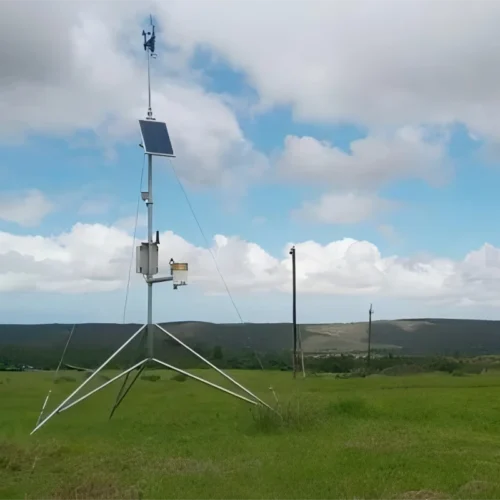
# Weather Measuring Instruments: Essential Tools for Accurate Forecasting
Weather forecasting has come a long way from relying solely on observations of the sky and natural phenomena. Today, meteorologists use a variety of sophisticated weather measuring instruments to gather precise data, enabling accurate predictions and better understanding of atmospheric conditions. These tools are indispensable for everything from daily weather reports to climate research.
## Thermometers: Measuring Temperature
One of the most fundamental weather measuring instruments is the thermometer. It measures air temperature, which is crucial for understanding weather patterns. Modern thermometers use digital sensors for high accuracy, while traditional mercury or alcohol thermometers are still used in some applications. Temperature data helps predict heatwaves, frost, and seasonal changes.
## Barometers: Tracking Atmospheric Pressure
Barometers are essential for measuring atmospheric pressure, a key indicator of weather changes. A sudden drop in pressure often signals an approaching storm, while rising pressure indicates fair weather. Aneroid barometers and digital barometers are commonly used today, providing real-time data for weather forecasting models.
## Anemometers: Gauging Wind Speed and Direction
Wind plays a significant role in weather systems, and anemometers are the go-to instruments for measuring wind speed and direction. Cup anemometers and vane anemometers are widely used, while ultrasonic anemometers offer advanced capabilities for precise measurements. This data is vital for predicting storms, wind patterns, and even air quality.
## Hygrometers: Measuring Humidity
Humidity levels influence weather conditions, from fog formation to the likelihood of precipitation. Hygrometers measure the amount of moisture in the air, helping meteorologists predict rain, snow, or dry spells. Modern hygrometers use capacitive or resistive sensors to provide accurate readings, which are critical for both short-term forecasts and long-term climate studies.
## Rain Gauges: Measuring Precipitation
Rain gauges are simple yet effective tools for measuring the amount of precipitation over a specific period. They come in various designs, including tipping bucket and weighing rain gauges, each suited for different applications. Precipitation data is essential for flood warnings, agricultural planning, and water resource management.
## Weather Stations: Comprehensive Data Collection
Modern weather stations combine multiple instruments into a single system, providing a comprehensive overview of atmospheric conditions. These stations often include thermometers, barometers, anemometers, hygrometers, and rain gauges, along with additional sensors for solar radiation and UV index. Automated weather stations transmit data in real time, making them invaluable for accurate forecasting.
## The Role of Satellites and Radar
While ground-based instruments are essential, satellites and radar systems have revolutionized weather forecasting. Satellites provide a global perspective, tracking large-scale weather systems like hurricanes and typhoons. Radar systems, on the other hand, detect precipitation and storm movements in real time, offering critical information for short-term forecasts and severe weather warnings.
## Conclusion
Weather measuring instruments are the backbone of accurate forecasting, providing the data needed to understand and predict atmospheric conditions. From simple thermometers to advanced satellite systems, these tools enable meteorologists to deliver reliable weather forecasts, helping society prepare for and adapt to changing weather patterns. As technology continues to evolve, these instruments will only become more precise, further enhancing our ability to predict the weather with confidence.
Keyword: weather measuring instruments
